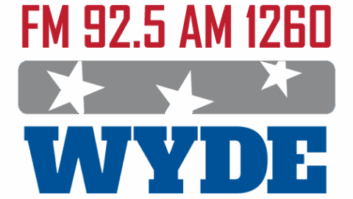
This past week Australia marked a century of broadcasting. At 8 p.m. on Nov. 23, 1923, 2SB flipped the switch to begin broadcasting a program of “light orchestral music.”
Commercial Radio & Audio, the industry body representing commercial radio in the country, marked the occasion by reflecting on how much has changed and the role radio plays today for Australians.
“Radio is the most innovative and immediate media in Australia, that has continually grown and evolved to suit the needs of its audience,” stated Ford Ennals, CEO of CRA. “100 years ago, listeners had to buy a set that was locked to a single station. A century on and you can listen to radio in your car, on your phone, on your digital radio or through your smart speaker.”
The first radio demonstrations in the country happened in Sydney, New South Wales, in 1919, but it took the Australian government several years to decide how to authorize and regulate broadcasting. The result was “sealed set” system with receivers that were fixed-tuned to a single station. Listeners had to pay a subscription fee to the station, as well as a license fee to the government.
It was not the most auspicious start for the medium Down Under. Listeners had only four stations to choose among, and only 1,400 people (out of a total population of about 5.4 million) signed up.
A year later, a more familiar “open” system was introduced with advertising-supported commercial stations — largely operated by newspaper publishers — and stations operated by the Postmaster-General’s Department. That second group of stations evolved into the public-service Australian Broadcasting Corp. and includes 2SB, which is now ABC Radio Sydney.
“For over a century, radio has played an integral role in all of our lives. Bringing news, music and entertainment to our homes and cars, connecting us all in a way that is both timeless and enduring,” noted Minister for Communications Michelle Rowland in a speech in August. “As one of the oldest forms of communication, radio has stood the test of time and continues to punch well above its weight when it comes to diverse voices and stories.”
The National Film and Sound Archive of Australia is reflection on Australian radio’s first century with “Radio 100,” an online exhibit telling 100 years of radio history in the country in five chapters over 100 days.
CRA noted there are now 260 commercial stations across Australia, with 220 in regional areas of the country, referring to all areas beyond the metro areas of Sydney, Melbourne, Brisbane, Perth, Adelaide and Canberra. Commercial radio and audio contribute $1 billion to GDP and support 6,600 full-time equivalent jobs, noted CRA. Thirty-eight percent of those employed by the industry are in regional areas, according to an August 2023 report from Deloitte commissioned by CRA.
“As long as we have stories to share and people have ears, there will be radio. Its form and means of distribution may change, but radio’s place in people’s lives will remain as central as ever,” stated Ennals. “however we listen, it’s certain that we will continue to wake up to our favorite radio hosts and switch on radio whenever we get into our car, for a traffic update, a song or just to connect.”







